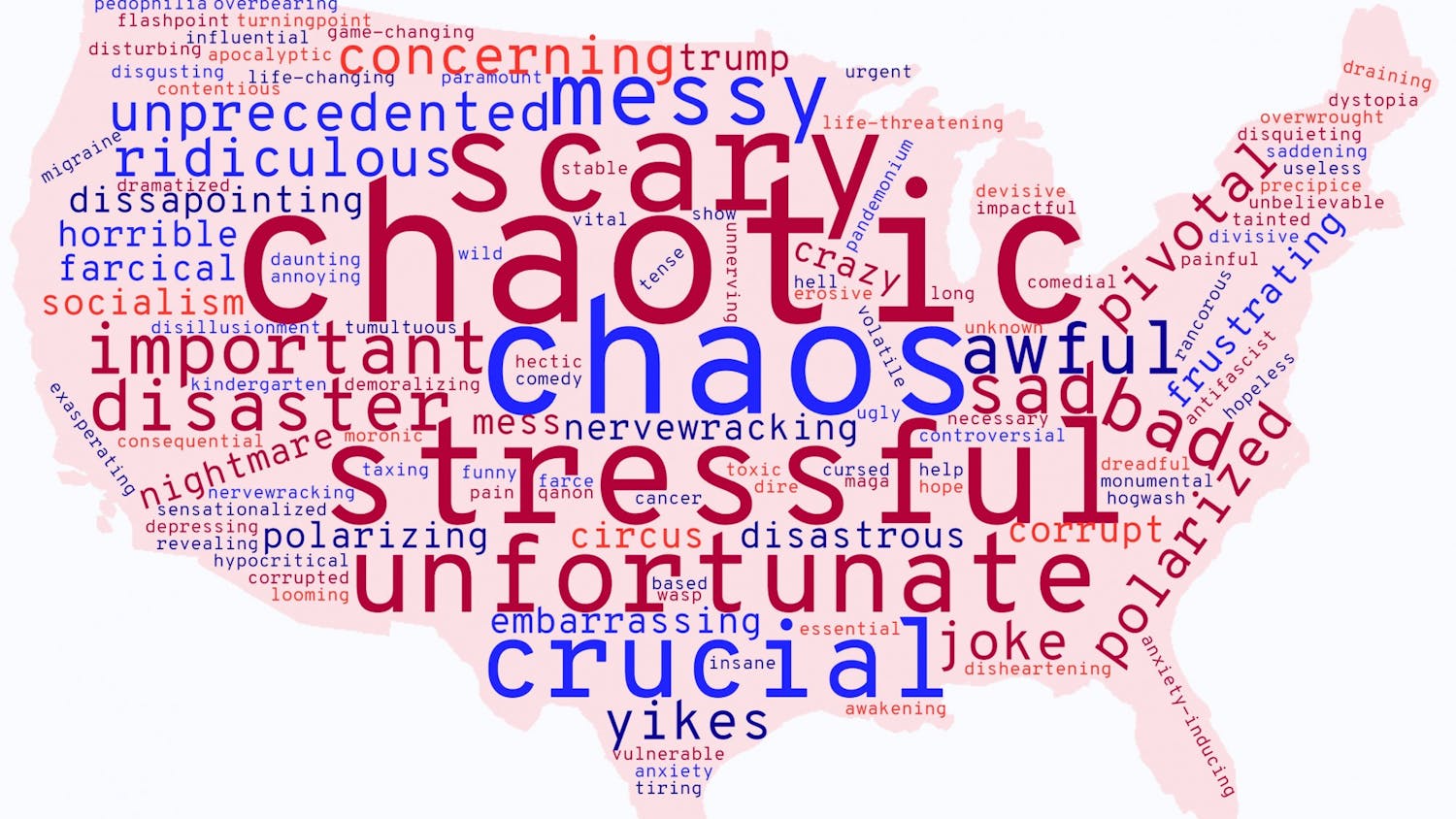We are in uncharted territory. With the recent confirmation of Justice Amy Coney Barrett to the Supreme Court, Americans are living with the most conservative court since 1950. Never before has each one of the Supreme Court’s sitting justices been so closely affiliated with the party of the president who appointed them. All Americans, regardless of party, should know that the kind of partisanship that has infected the Supreme Court offers a terminal prognosis. And if the U.S. Senate — or the next president — does not act to reform the Supreme Court in nonpartisan ways, the American people can rest assured that the U.S. will be at the mercy of a decidedly political Supreme Court.
Of the nine justices currently serving on the Supreme Court, a majority were confirmed with fewer than 60 votes. Compare that to 30 years ago — when all nine justices serving at the time received filibuster-proof majorities, with many garnering upwards of 90 votes. So what happened? Why was it the case that justices could be confirmed nearly unanimously in the past — while Presidents George W. Bush, Barack Obama and Donald Trump have seen their nominees put through the political wringer on television and on the Senate floor?
The answer lies in the fact that both parties have been guilty of abusing the federal court system to thwart the opposing party’s legislative agenda — and to advance their own legislative priorities. From the repeated attempts of Trump’s Justice Department to strike down the Patient Protection and Affordable Care Act (i.e. Obamacare) to Democrats’ reliance on the Supreme Court, and not the legislative process, to achieve victories for pro-choice activists and LGBTQ+ Americans, there is no question that our Founding Fathers would be displeased with contentious policy debates playing out in courtrooms.
The Supreme Court ought to function much as the Federal Reserve, the Federal Trade Commission, the National Labor Relations Board and the Federal Communications Commission do: with staggered terms, term limits and restrictions on any one president’s ability to add — or replace — multiple members. The simple solution to a partisan court is a nonpartisan court, and the longer we wait to remove the partisan stain on the current court, the deeper that stain will sink in.
When Republicans count having confirmed over 200 conservative judicial nominees to the federal courts and three new conservative justices to the Supreme Court under Trump as an accomplishment, instead of the routine, nonpartisan phenomenon that it should be, something is seriously wrong. When was the last time Trump or Senate Majority Leader Mitch McConnell, R-Ky., bragged on Twitter about confirming a new member of the FTC?
Republicans should not feel compelled to idolize the Supreme Court just because they were lucky enough to have a president of their party successfully nominate six out of its nine current justices. Likewise, Democrats should not have to fear a conservative-leaning Supreme Court standing in the way of their legislative agenda’s implementation.
I am not specifically calling for court packing, nor am I suggesting that the Supreme Court’s ability to rule on consequential matters be diminished. However, I do believe that something like President-elect Joe Biden’s proposed special commission to suggest Supreme Court reforms is sorely needed.
Don’t take my word for it: Conservative and liberal legal scholars alike have called for term limits. (Hypothetical 18-year-terms, staggered every two years with nine justices would ensure that every president can appoint two — and only two — justices during their term in office.) Furthermore, to address the current court’s political imbalance, the Senate could agree to consider additional nominees to the Supreme Court. After all, the number of justices is not set in the Constitution, so Congress can change it at any time. In fact, it has done so seven times throughout American history.
Trump and Senate Republicans must accept responsibility for the fact that not a single Democratic senator voted to confirm Barrett. They have set a dangerous precedent for confirming justices because of — and not despite — their lack of bipartisan support. If nothing is done to remedy the situation, the legislative branch will become even less responsive to the American electorate, with any given Congress’ ability to enact legislation being dependent on whom a president nominated to the Supreme Court five, six, seven or even 20 years ago. (Barrett, for example, will be on the court for nearly four decades if she lives as long as her predecessor, Justice Ruth Bader Ginsburg.) I am afraid that doing nothing is a choice in and of itself: a choice to let the Supreme Court be seen as another institution that has been infected by partisan politics. But it’s not too late to start moving the court in the direction of nonpartisanship.


